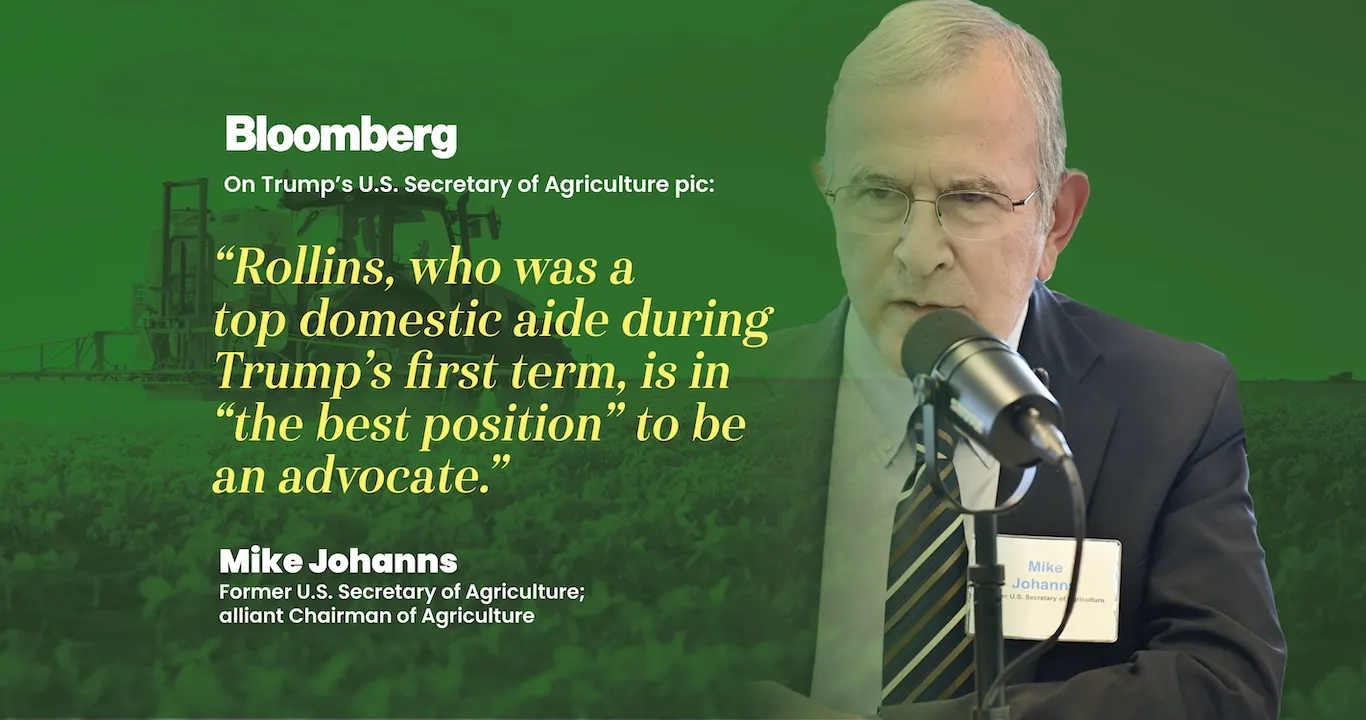If you have any questions about this article, please send us a message.
This summer, gas prices soared while inflation skyrocketed to a new 40-year high, putting a squeeze on American consumers who were just beginning to fully reengage with the market in the wake of the pandemic.
However, consumers weren’t the only ones to take the hit from high inflation. Businesses across the U.S. felt the pain as costs hit all-time highs. The American farmer was no exception.
Costs for weed-killing chemicals, equipment, fertilizer, and seasonal labor all rose as food prices for the American public rose 10.9% from one year ago, according to the Bureau of Labor Statistics.
And although the Biden administration has worked to implement measures to support farmers specifically through investments in fertilizer production, agricultural workers in the U.S. should also look toward other solutions to help save costs that will enable a continued legacy of industry advancement.
Proven Conservation Practices
Farmers have an opportunity to implement conservation practices that not only reduce costs but are environmentally friendly. Adopting irrigation conservation practices, no or low till strategies, or planting cover crops can all reduce the costs of irrigation and nitrogen fertilizer. Recent data has found that only 21 percent of cropland acreage in the U.S. uses continuous no-till practices. Increasing this number will help to drive down operating costs, consumer prices, and soil impact.
Further, investing in solar power or geothermal power at the farmstead can also greatly reduce power costs in the short and long term. Indoor agriculture and vertical farming, along with hydroponics, should also be considered, as it allows for food to be grown where the consumer is located and greatly reduces travel costs and spoilage. In the end, fuel saved is money saved. It might be a heavier investment on the front end, but eco-friendly ag practices will benefit everyone in the long term.
Invest in New Technologies
While there is a temptation to pull back on new investments in a period of inflation, key technologies can lessen the burden on farms in the mid and long term and provide benefits for both farmers and the American public.
Currently, companies like John Deere and Bayer are leading the way in terms of ag tech research, but others, including RootWave and Wefarm are breaking barriers. Investing in technologies that evaluate cost per unit allows farmers to evaluate techniques to lower costs without reducing production. This will bring down prices full circle and help combat the effects of inflation numbers that might continue for some time.
Investing in new tech should also include data products that are able to evaluate the profitability of purchasing new and more expensive seed or brand name herbicide. This information can be invaluable when negotiating with landowners if farmland is rented and is also the best way for an ag business to evaluate their commodity marketing strategy.
Farmers are also perpetually dealing with increased energy prices as farming is energy intensive. Fertilizer’s dependency on natural gas makes the use of precision agriculture tools a necessity for farmers who are looking to only target areas of land that need fertilizer in order to reduce costs.
The key to bringing in new technologies begins with existing equipment. American farmers should first prioritize a rigorous maintenance schedule on existing farm equipment. This not only extends the life of the equipment, but also allows for new tech to be installed that will bring a business’s farming practices into a new era.
Lean into Collaboration
American agricultural businesses should consider collaborating with grower groups to invest in value-added agriculture. This increases the profitability for producers and reduces transportation costs for commodities.
Collaborative farming enables farmers to pool together resources for each company’s mutual benefit. However, collaborative efforts should not stop at farmer to farmer. Ag companies should strongly consider collaborating with local universities and researchers to see how they can improve their farming practices.
Beyond these measures, American agricultural companies should consider options that are already available to them, including valuable business incentives. This is an industry that has relied on technology year after year to become competitive on the world stage.
It has always been said that necessity is the mother of invention. Even as energy prices come down, farmers should think of an innovative agenda that will meet security needs while reducing input costs in the long term.
Regardless of the methods implemented, innovation and regeneration need to be at the core of what farmers are doing to combat the high cost of doing business. What new methods are being used? How can my company adapt to lessen production costs while maintaining a high degree of quality?
These are the questions that will leave complacency in the dust and allow American farmers to remain the best in the world at what they do.
Senator Heidi Heitkamp is currently the director of agriculture at alliantgroup. Heitkamp represented North Dakota from 2013 to 2019 and was the first woman ever elected to represent the state as a U.S. senator.
About the Author

Heidi Heitkamp represented North Dakota from 2013 to 2019 and was the first woman ever elected to represent the state as a U.S. Senator. Heitkamp has demonstrated her passion for economic development by spearheading the strategic development of our country’s renewable energies and the passage of two long-term, comprehensive Farm Bills. She was also on the Senate Committee on Homeland Security and Governmental Affairs, the Committee on Agriculture, Nutrition and Forestry, as well as the Committee on Banking, Housing and Urban Affairs. Heidi’s broad background in public service will surely enhance our ability to advise on how we can best serve our clients across a variety of industries.



